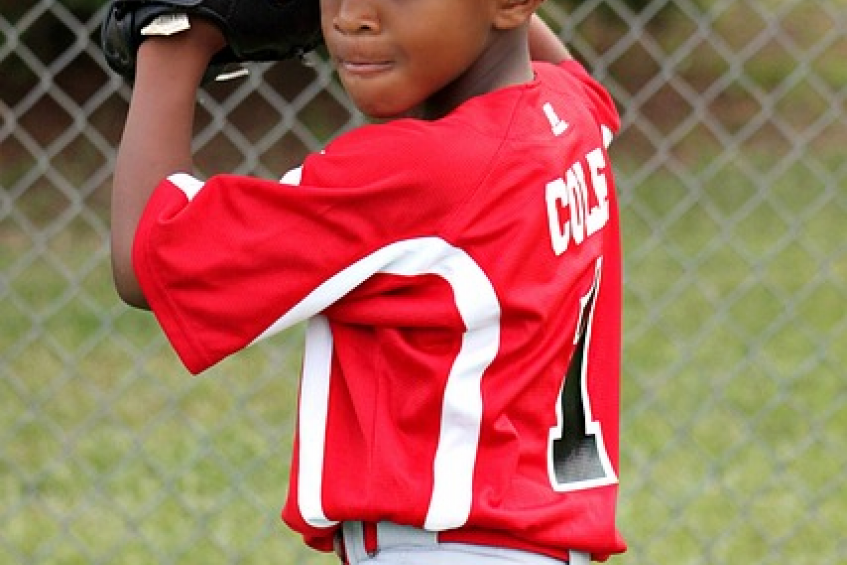
Welcome to my baseball blog, where we dive into the intricacies of America's favorite pastime. In this post, we will explore the fundamentals of how to throw a baseball with precision and power. Whether you're a novice player or a parent looking to guide your child, understanding the proper mechanics and techniques of throwing will significantly enhance your game. So, let's grab our gloves and embark on this exciting journey of learning how to throw a baseball like a pro!
Throwing a baseball is a skill that goes beyond mere physical strength. It requires a combination of proper form, coordination, and practice to achieve accuracy and velocity. By honing your throwing abilities, you not only contribute to your team's success on the field but also develop a deeper appreciation for the nuances of the game.
Throughout this blog post, we will cover everything from the basic grip and positioning of the throwing hand, to the different phases of the throwing motion. We will also address common mistakes to avoid, provide tips for improvement, and answer frequently asked questions related to throwing a baseball.
So, let's lace up our cleats, dust off our gloves, throw the ball around, and explore the art of throwing a baseball. Get ready to unlock your potential and master this essential skill that lies at the heart of the game. The journey starts now!
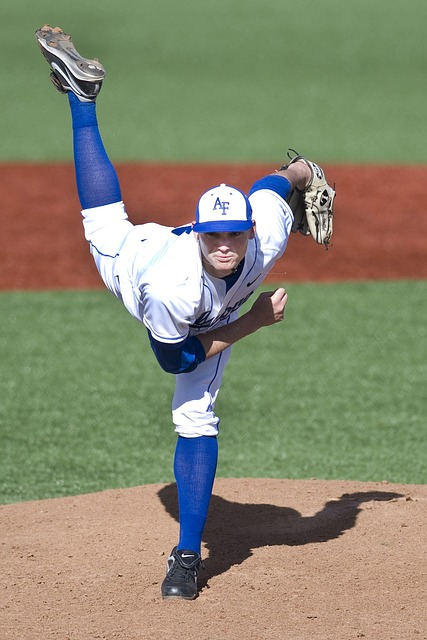
One of the fundamental aspects of throwing a baseball is the correct grip used. The way you hold the ball sets the foundation for a successful throw. The most commonly used grip is the four-seam grip, which provides stability, control, and accuracy.
To achieve the four-seam grip, place your index and middle fingers across the horseshoe seams of the baseball. Your thumb should rest on the bottom seam, opposite the middle finger position. This grip allows for maximum control and helps generate backspin, resulting in a straighter throw with less air resistance.
Proper positioning and stance play a crucial role in executing a powerful and accurate throw. Start by positioning yourself with your feet shoulder-width apart, perpendicular to your target. If you're right-handed, your left foot should be slightly in front, and vice versa for left-handed throwers. This balanced stance provides a solid foundation for generating power and maintaining control.
Ensure that your body is relaxed but ready to spring into action. Keep your knees slightly bent and your weight distributed evenly between both feet. This stance allows for fluid movement and quick transitions during the throwing motion.
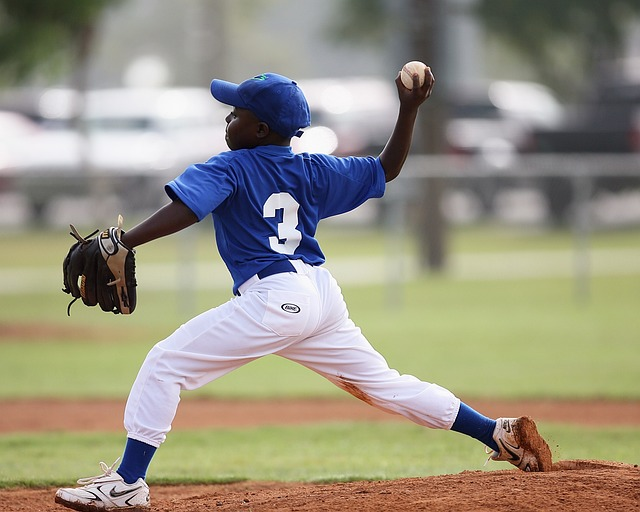
The throwing motion consists of four distinct phases: the windup, stride, arm acceleration, ball forward, and follow-through. Let's explore each phase in detail:
Windup: The windup is the initial stage of the throwing motion. Start by facing your target with your feet shoulder-width apart. As you begin to wind up, pivot your back foot, rotating your hips and shoulders away from the target. This winding action stores potential energy and helps generate power for the throw.
Stride: The stride phase involves taking a step forward with your lead foot while simultaneously bringing your throwing arm back. The length of your stride may vary depending on your height and throwing style. Aim for a comfortable and balanced stride that allows for proper weight transfer.
Arm Acceleration: As you stride forward, initiate the acceleration of your throwing arm. Keep your elbow at a 90-degree angle and lead with your elbow as you bring your arm forward. Generate power by driving your elbow and forearm forward while maintaining a relaxed grip on the ball.
Follow-through: The follow-through is the final phase of the throwing motion. After releasing the ball, continue the motion of your arm across your body, allowing it to naturally decelerate. Your throwing arm should finish extended in front of your body, with your chest facing the target. A smooth and controlled follow-through promotes accuracy and reduces the risk of injury.
By mastering these four phases and focusing on fluidity and precision, you can develop a strong throwing motion that maximizes velocity and accuracy.
Now that we have covered the basics of grip, positioning, and throwing motion, you have a solid foundation to build upon. In the next section, we will explore techniques for improvement in good throwing mechanics, including practice tips and common mistakes to avoid. So, grab your ball, head out to the field, and let's continue our journey toward becoming a better thrower!
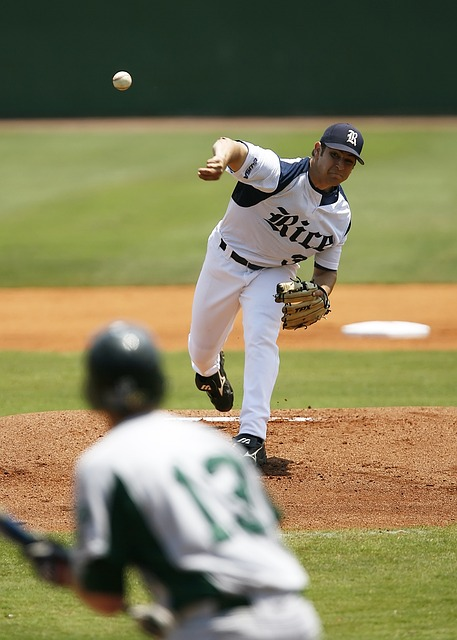
To enhance your throwing skills, consistent practice is key. However, it's not just about mindlessly throwing the ball; practicing with purpose will yield better results. Here are some techniques to help you make the most out of your practice sessions:
Target Practice: Set specific targets to aim for during your throws. This could be a specific spot on a wall, a teammate's glove, or a designated marker on the ground. Focusing on hitting your target will improve your accuracy and control.
Vary Distances: Practice throwing from different distances to develop a feel for how much force is needed. Start with shorter distances to work on precision, then gradually increase the distance to challenge your arm strength and adaptability.
Incorporate Drills: There are various throwing drills that can help you refine specific aspects of your throwing mechanics. For example, the "long toss" drill involves progressively increasing the distance of your throws to improve arm strength and throwing mechanics.
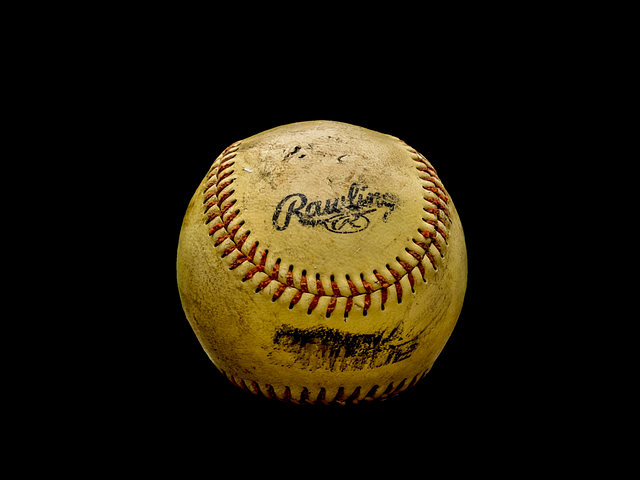
Even the most experienced players make mistakes. By recognizing and rectifying common errors, you can enhance your throwing technique. Here are some mistakes to watch out for:
Poor Grip: A loose or incorrect grip on the ball can affect the trajectory and control of your throw. Ensure you have a firm four-seam grip with your fingers across the seams for optimal control and accuracy.
Inadequate Follow-Through: Neglecting the follow-through can result in a weaker throw and increased risk of injury. Focus on extending your arm fully and following through across your body to maintain proper mechanics and generate power.
Overemphasizing Arm Strength: Throwing a baseball is not solely reliant on arm strength. Remember to engage your entire body in the throwing motion, utilizing your legs, hips, and core to generate power and transfer energy efficiently.
If you're serious about improving your throwing skills, consider seeking guidance from qualified coaches or trainers. They can provide personalized instruction, identify areas for improvement, and offer specific drills and exercises tailored to your needs. Professional guidance can accelerate your progress and help you develop good habits early on.
Using video analysis can be a valuable tool for self-assessment. Record your throwing sessions and review them to identify areas for improvement. Pay attention to your footwork, arm motion, and follow-through. Compare your technique to that of professional players or seek feedback from knowledgeable individuals to gain insights and make adjustments.
Remember, improvement takes time and dedication. Consistent practice, attention to detail, and a willingness to learn from your mistakes will contribute to your growth as a thrower.
In the next section, we will address frequently asked questions related to pitching mechanics and throwing a baseball. So, let's address some common queries and provide valuable insights to further enhance your understanding of this vital aspect of the game!
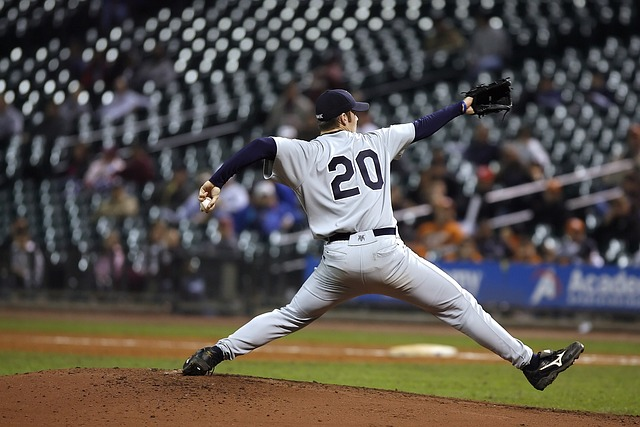
Aspiring throwers often have questions about the intricacies of throwing a baseball. Let's address some of the most commonly asked questions about throwing position and provide insightful answers to help you deepen your understanding.
The L method of throwing refers to a technique used to teach young kids how to throw a baseball accurately. The concept involves forming the shape of an "L" with the throwing arm to emphasize proper arm positioning. Starting with the arm extended straight back, players then bend their elbow at a 90-degree angle, forming the bottom part of the "L." This method helps young players understand the importance of keeping their elbows elevated and in line with the target, promoting accuracy and control.
When throwing a baseball, stepping is an essential part of generating power and transferring weight. As a right-handed thrower, step forward with your left foot (or vice versa for left-handed throwers) while simultaneously bringing your back leg and throwing arm back. This stride helps initiate the throwing motion and provides a solid foundation for transferring energy from your lower body to your upper body, resulting in a more powerful and accurate throw.
Throwing a baseball involves a series of coordinated motions. The key motions include the windup, stride, arm acceleration, and follow-through. The windup involves rotating the hips and shoulders away from the target, followed by a stride forward while bringing the arm back. During arm acceleration, the arm moves forward, generating power by driving the ball straight through elbow and forearm. The follow-through is the final phase, where the throwing arm continues across the body, promoting accuracy and reducing strain on the arm.
To throw like a professional baseball player, focus on mastering the fundamentals of proper grip, positioning, and throwing mechanics. Work on developing a strong four-seam grip, maintain a balanced stance and engage your entire body in the throwing motion. Incorporate practice drills, seek guidance from coaches, and analyze your technique to make necessary adjustments. Remember, consistent practice, attention to detail, and a commitment to improvement are key to throwing like a pro.
Teaching a child to throw a baseball accurately requires patience and a step-by-step approach. Start by introducing the L method, emphasizing proper arm positioning. Focus on teaching them the importance of a relaxed grip, balanced stance, and engaging their entire body in the throwing motion. Break down the throwing motion into smaller components and provide regular practice opportunities. Encourage them to have fun while learning, as enjoyment and enthusiasm play a crucial role in their development as throwers.
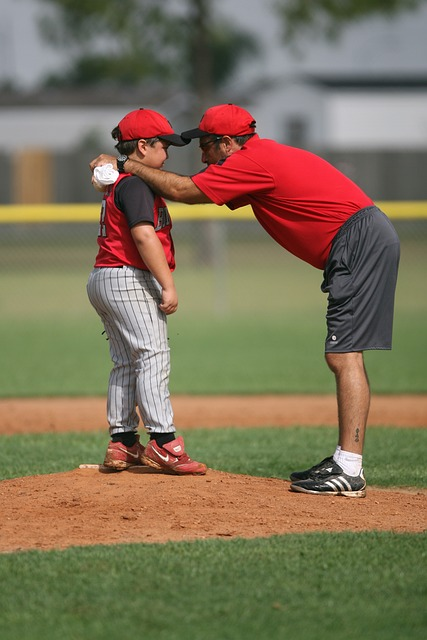
Mastering the art of throwing a baseball is a fundamental skill for any player, from beginners to professionals. By understanding the mechanics, techniques, and common mistakes associated with throwing, you can improve your accuracy, power, and overall performance on the field.
Remember, becoming a proficient thrower takes time, patience, and dedication. Consistent practice, a focus on proper mechanics, and seeking guidance when needed will contribute to your growth and development as a thrower.
Chris Sloan is a former baseball league commissioner and travel baseball coach who has made significant contributions to the sport. In 2018, he founded selectbaseballteams.com, a website that helps parents find youth and travel baseball teams in their local areas. Since its launch, the website has experienced impressive growth, offering a wealth of resources including teams, news, tournaments, and organizations. Chris's unwavering passion for baseball and his innovative approach to connecting parents with quality baseball programs have earned him a respected reputation in the baseball community, solidifying his legacy as a leading figure in the world of youth and travel baseball.
There are 0 comments on "How to Throw A Baseball Properly"
chandler allen says:
"Hi my name is chandler, i’ve enjoyed..."
On Wanting to tryout for summer ball. as an 18 year old
david graham says:
"With no current MLB team in Canada,..."
On With no current MLB team in
Charles Chavez says:
"To All Coaches: Do you have13U or..."
On Looking for Games